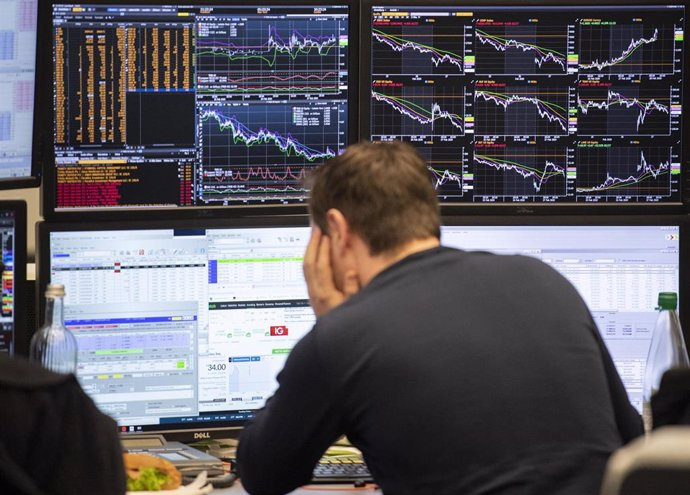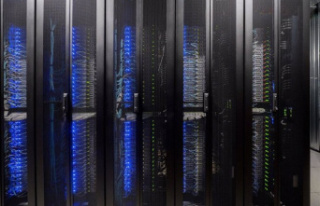MADRID, 11 Feb. (EUROPA PRESS) -
The asset allocation strategy of 'family offices' (investment platforms dedicated to managing large assets whose origin usually resides in family businesses), in an environment of changing cycle like the current one, must be balanced between the protection of capital and the search for growth opportunities.
This is estimated by the private banking entity Creand Wealth Management in a report on Spain, where it recalls that rate increases have made fixed income once again play an important role in portfolios.
Thus, he emphasizes that the asset allocation strategy becomes more important than ever for these investment vehicles in uncertain scenarios, which is why it is necessary to analyze "current trends, taking into account diversification and flexibility when selecting a investment portfolio".
Under this premise, the report has opted for the inclusion by 'family offices' of assets called "safe havens", such as debt, as part of the defensive strategy in periods of economic uncertainty.
On the other hand, alternative investments (infrastructure or real estate, for example, which stand out for their illiquidity and long terms of committed capital) also become "a reference asset" for family offices, since increasing the allocation in These assets, "due to their good growth prospects and the decorrelation they offer compared to other liquid investments", can help optimize investment portfolios.
On the other hand, Creand has also focused on the fact that the risks faced by these financial platforms reside, as in the entire financial ecosystem, in geopolitical risks and regulatory changes, so diversification again plays "a role." clue".
Likewise, the report has argued that one of the most recurrent risks has to do with the conservation of family assets through subsequent generations, since it usually entails great complexity due to the multitude of elements that must be taken into account when to preserve the family legacy in the long term.
In this sense, Creand recalled that these vehicles must take into account, in addition to investment management or financial planning, non-financial aspects of family life, since they also end up being key in the management itself.
Hence, generational change is one of the most pressing challenges that 'family offices' must face, as well as honesty in communication, in favor of maximum transparency in management, since it is a fundamental value that contributes to establishing a long-term relationship of trust between a high-net-worth family and the entity that ends up forming a 'family office'.
Delving into the challenge of generational change, the report has indicated that it is not only about the transition of assets, but also the transfer of knowledge and adaptation to the preferences of new generations.
In line with this, they have pointed out as a "good strategy" to incorporate young talent into the team of bankers, who know the values of the entity from an early stage and, at the same time, who share the interests and preferences of these new generations, to maintain maximum harmony between managing financial entity and client.
Families with a vision for the future prepare for succession in advance, so the 'family office' team "must accompany the client and guide the new generations, anticipating the personal and financial circumstances that may arise," he added. the study.
Finally, regarding the advisable asset size for a 'family office', Creand has maintained that for a single family asset ('single-family office', in the jargon) this type of structure may make sense from 100 million euros, although "the costs in relation to what the assets generate would be relatively high."
For its part, the constitution of a 'family office' through several family assets ('multi-family office', in the jargon) can be established between 5 and 100 million euros, since "the costs of the structure They are much more distributed, which creates economies of scale and allows us to have better resources.













